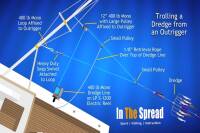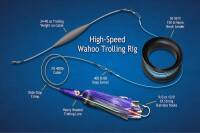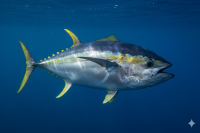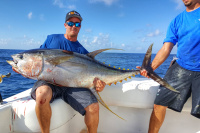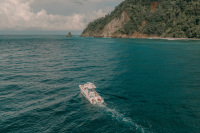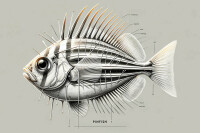Pitchin and flippin is a popular technique used by bass anglers to catch big bass. It involves using a flat bottom boat, scullin paddle, and a 7 or 8-weight fly rod. The technique is effective in areas with ten feet or less of bass and can be used during cold winter or moon periods. The best times for sculling are March and April, with night sculling from May through September.
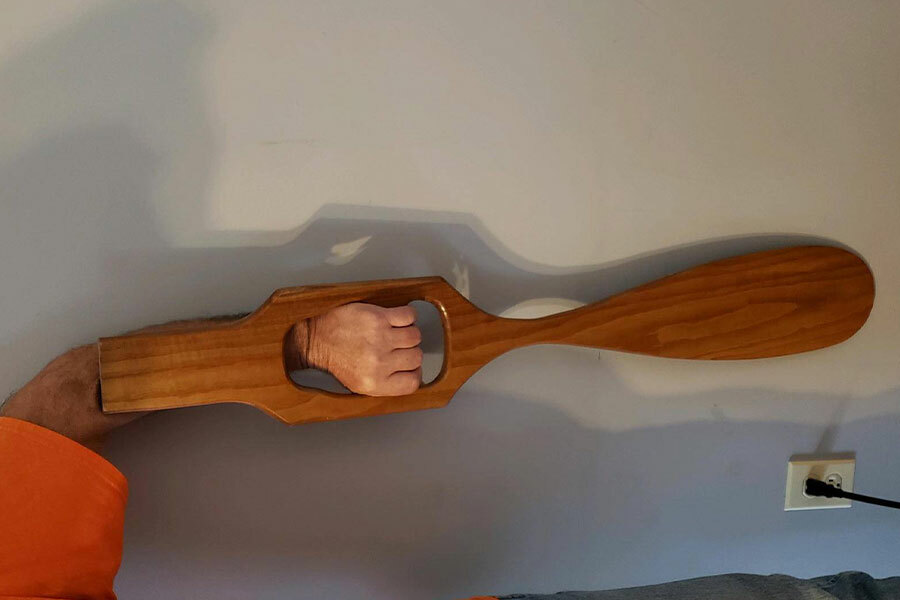
Sculling for Bass with Dwayne Hickey
It's called "pitchin and flippin" today and most bass anglers use this technique to catch big bass. Big boats, big decks, baitcasting reels and stout long rods are used to man handle bass out of brush, under docks and steep, rocky banks. This technique has been around for a long time and catches bass, big ones!
But even before that, and I'm going back along time, there were a few smart fellows that could catch big bass on a cane pole and some strong cord. The method was know as "jigger poleing". I knew a man here in middle Tennessee who slayed the bass back in the 50's and 60's using nothing more than a flat bottom boat, a nine foot cane pole with 40 pound test, a few jigs and large minnows.
This technique is where it all started and I might add still catches bass today. You dont need the big bass boat, trolling motor or fancy night lights to catch big bass when scullin and flippin. In fact, you can't scull and flip from the deck of a nice bass boat with the same efficiency. The perfect setup is a flat bottom boat a scullin paddle, (pictured below) and a strong back. If a scullin paddle can't be found, a small regular paddle will do. Oh, and a 7 or 8 weight fly rod, 20 pound test with a 17 pound test leader will do nicely. Your fly rod needs to be 7 to 9 feet long. If your rod is 8 feet long, pull out that amount of line. Paddle in your left hand, rod in the right hand. Sitting position on the front end of the boat. The idea is to slowly, quietly ease down the bank dipping your jig/pork combo around cover such as fallen trees, stumps, or deep rocky banks.
When using this approach, I always take into consideration water clarity, current, wind, and time of year. Anytime the bass are ten feet or less can be good for this technique. Cold winter and cold water is a perfect time to switch to big live minnows. Squeeze on a 3/4 ounce sinker about six inches above your hook. Move stealthy, down a bluff or steep rock bank. Let the live bait do the work, but keep inching down the bank, placing the bait in likely looking places.
March and April are the best times for "dipping" in the daytime while May through September is the time for night sculling. Its always a good idea to fish moon periods in hot summer months. Look for stained water for best daytime results. Being quiet is the key to old time "scullin and flippin". Your in there close to the fish. And when the bite happens, it's an absolute blast battling a big bass on a fly rod. Get some jigs, pork and plastic trailors, or some big minnows. Take a buddy (let him paddle) and don't forget the net!
Dwayne Hickey
In The Spread
In The Spread is one of the world's premier sport fishing video companies and educational outlets for demonstration, explanation and insight on how to catch fish. Get inside access to our video library by becoming a member.
Dwayne Hickey In The Spread, Instructor
